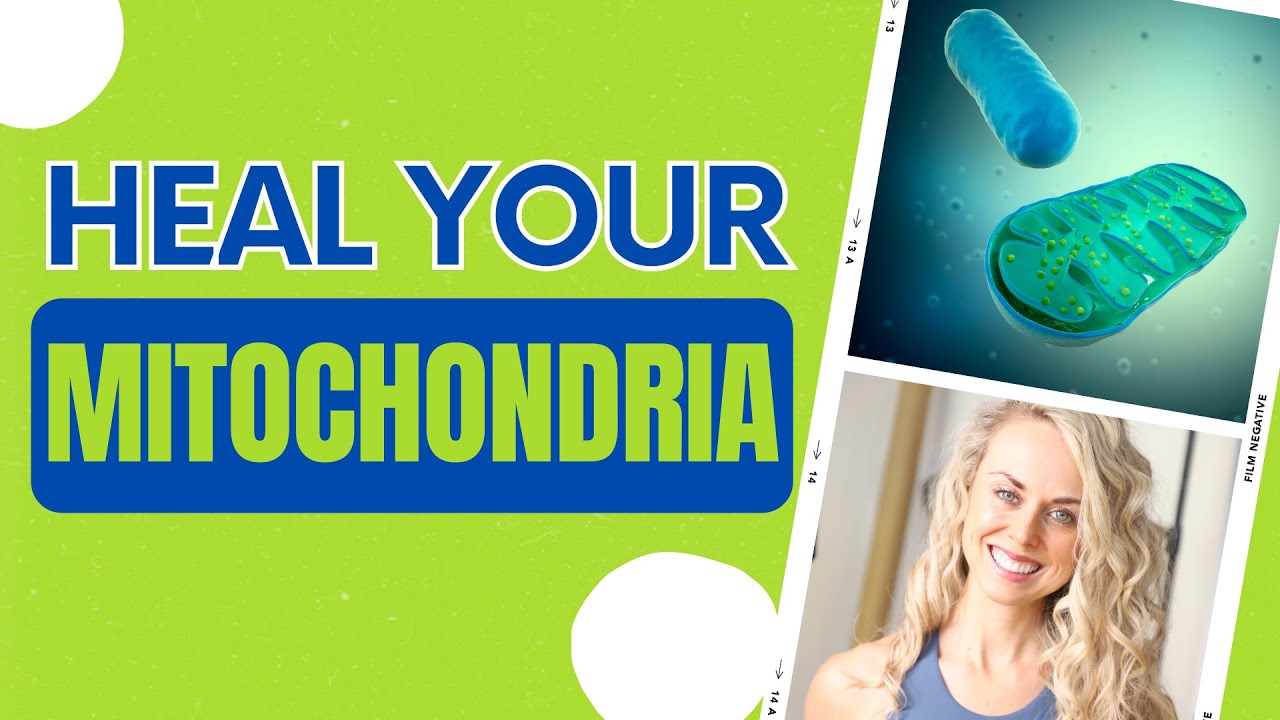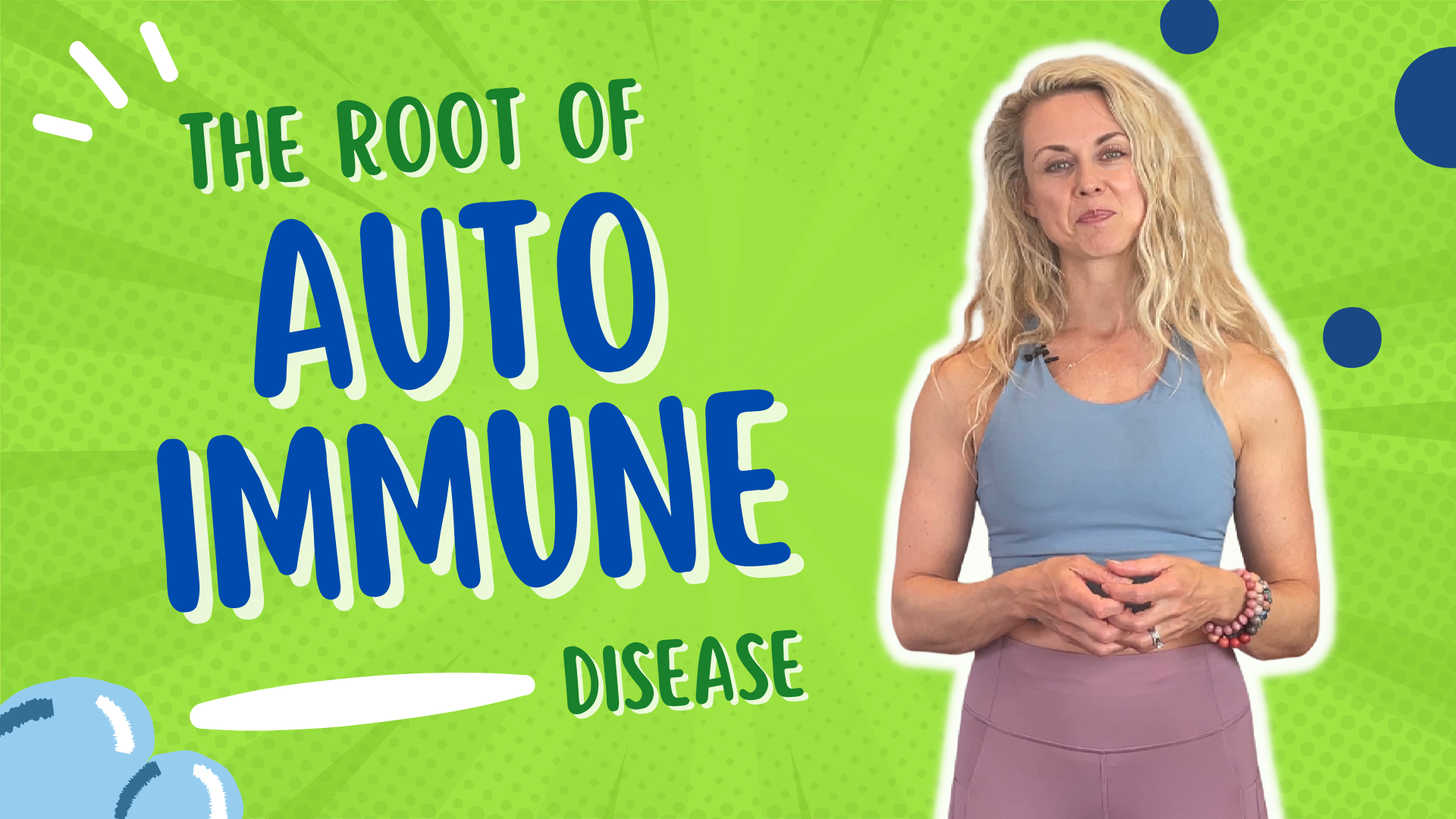Ever wondered about a mineral that plays a pivotal role in over 700 different reactions within your body? Well, today, we’re unleashing the secrets of magnesium—a truly mighty mineral.
Join us on this journey as we explore its various forms, uncover the reasons behind our widespread magnesium deficiency, and, most importantly, understand why this unsung hero is so vital to your well-being. Get ready to dive into the fascinating world of magnesium and discover how it impacts your body in countless ways! Let’s get started!
Rather watch or listen?
Different Forms of Magnesium
It is absolutely amazing to think that magnesium is involved in over 700 reactions in the body. Understanding the different forms allows you to appreciate the different benefits in the body.
Magnesium is available in different forms, each with its unique characteristics. The most common forms of magnesium are oxide, citrate, threonate, and glycinate. These forms will differ in absorption rate, bioavailability, and their specific role in the body.
For example, if you are having bowel irregularities and tend towards constipation, magnesium citrate is very valuable in bowel regularity. For someone experiencing constipation, I often recommend titrating up from 150 mg every three days until they are having bowel regularity.
Comparing magnesium oxide and citrate, the former may not have as strong an effect on bowels as the latter, but it can still be utilized as an antacid.
Now, let’s talk about magnesium glycinate—a real game-changer when it comes to improving sleep and enhancing overall nervous system function. It’s incredibly beneficial for many of us! And that’s not all; we also have magnesium threonate, which holds tremendous promise. The beauty of this one is that it can cross the blood-brain barrier, meaning it has the potential to positively impact brain function, cognitive health, and more. This can also be used along with glycinate and malate for migraines.
Understanding Magnesium Deficiency
One of the key reasons for this is the deficiency in our soil because of modernized farming practices over the past few decades.
In addition to this, stress is a really big factor in magnesium excretion. When we have an increase in our stress hormones, such as cortisol, we can have increased magnesium excretion through our urine. Whether that is physical stress or emotional stress, both of which can contribute to deficiencies of our electrolytes.
If, for example, you are under more stress, trying to address a specific condition, or you want to thrive, supplementation may be beneficial.
Importance of Magnesium For Your Health
Why is magnesium so important?
One of the main reasons is that it supports energy metabolism. It plays a huge role in converting food into energy. It promotes muscle relaxation, alleviates cramps, is crucial for maintaining a normal heart rhythm, and contributes to normal blood pressure and blood vessel function. It’s important for bowel regularity, and it’s also important for bone health and healthy glucose metabolism. It’s even important for immune health. So, from energy production to heart health, magnesium plays a critical role in everything that we do.
Incorporating Magnesium-Rich Foods Into Your Diet
Some of the higher sources of magnesium include nuts and seeds, spinach, oats, and barley.
With that said, you still may need to supplement, so although I named a few of the primary forms of magnesium, we want to recognize at least seven different forms of magnesium.
When looking at supplementation, we can be very specific, especially when it relates to the specific goal you want to achieve with magnesium. For those seeking an excellent magnesium supplement, I recommend trying ‘Magnesium’ by 1st Phorm, as it offers a comprehensive blend of different forms of magnesium. You can find more information and purchase it from the link I provided.
However, it’s crucial to remember that before you start any supplementation, you must consult with a healthcare professional. They can ensure that the supplement is appropriate for you based on your health history and individual needs. In the meantime, you can begin by incorporating magnesium-rich food sources into your diet.
I hope you can appreciate the profound effect that magnesium has on your body and your health. If you found this helpful, please like, share, and subscribe to our YouTube channel, The Movement Paradigm, for weekly tips on mindset, nutrition, and movement. If you need assistance with your overall health, please reach out to us. We would love to help you.
Other things that might interest you:










